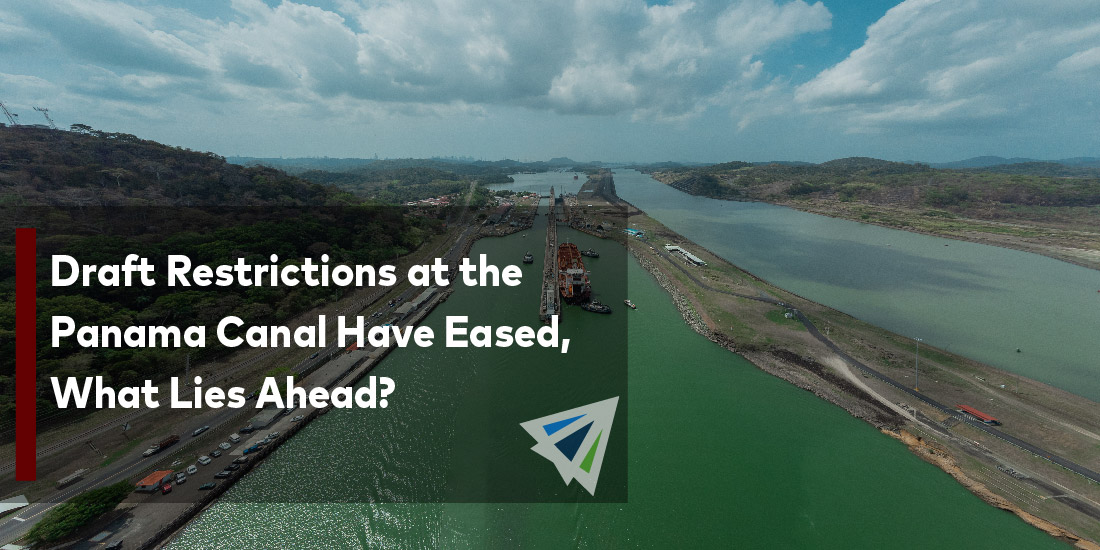The Panama Canal is a critical trade link and piece for the transit of container traffic. Around forty percent of all U.S. container traffic travels through the canal every year.
In October of last year, the Canal experienced its worst drought in 73 years, largely due to the weather phenomenon, the El Nino. This impacted the water availability as there was forty-one percent less rainfall than typical, which significantly lowered levels at Gatun Lake, the Panama Canal Authority reported.
Read below for more information on what the first few months of this year looked like leading up to Panama’s rainy season, which runs from May to December. Plus, how did Interlog navigate these Canal challenges?
Rainy Season Is Here
In 2023, the Canal experienced significant drought, causing the number of daily transits to decrease. In an Advisory to Shipping report released in October 2023, the Canal set a plan in place to limit the number of daily transits.
In that Shipping Advisory, daily transits were forecasted to be limited to 20 in December 2023 and 18 in February 2024. Drought was so significant back at that point, that the Canal felt like if it continued, those transits limitations were going to be necessary. However, the Canal Authority revised those limitations and by mid-December announced they would increase their transit slots to 24 starting in January 2024.
Now, as we enter the start of rainy season, things are a lot more optimistic. The total number of daily vessel transits have increased to 32, as of June 1st. Specifically, according to the Panama Canal, as of May 16th, daily transits in the Panamax locks increased to 24. While the Neopanamax have increased their daily transits to 8, as of June 1st.
For reference, 36 is the number for normal daily transits at the Canal.
In addition to these increased daily transits, the Canal has raised the maximum authorized draft to 45 feet.
How Interlog Navigated Past Canal Challenges
Our team at Interlog stays up to date on the latest in the market, to provide our customers with information on what’s happening in the industry.
Some of our customers were curious to see alternative options instead of using the Panama Canal, which our team was happy to provide and discuss with them. It’s important to work with a forwarder that’s aware of what’s happening in the market and that will communicate those things with their customers/audience. If you have any questions or would like to speak to our team about anything related to freight, contact us today.
We also have various resources such as webinars, newsletters, and a podcast. In our March webinar, our team of experts discussed updates surrounding the Panama Canal and the Red Sea. They also shared their thoughts on the challenges, alternative options, and things shippers should know about the issues. While things have since improved at the Panama Canal, at the time of the March webinar, we received great feedback from our viewers on how informative it was.
If you’re interested in viewing the recording, you can watch it here.
Additionally, we have our weekly market updates that can provide you with relevant freight news, updates, developments across the industry, and more.
